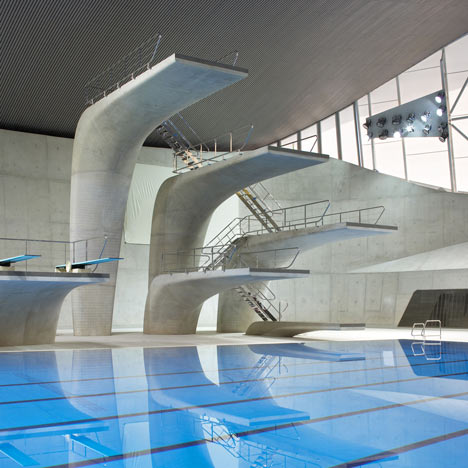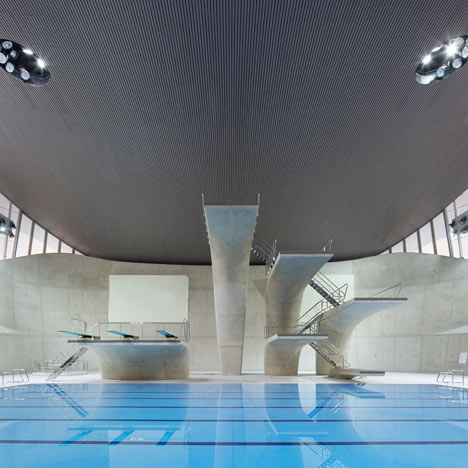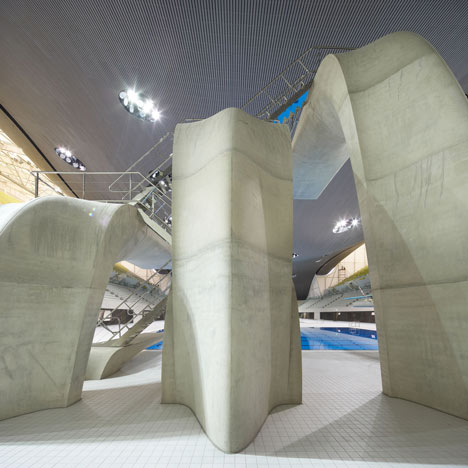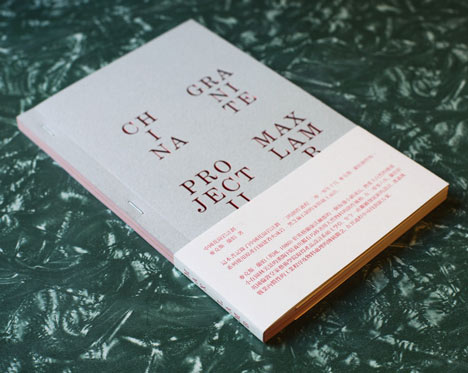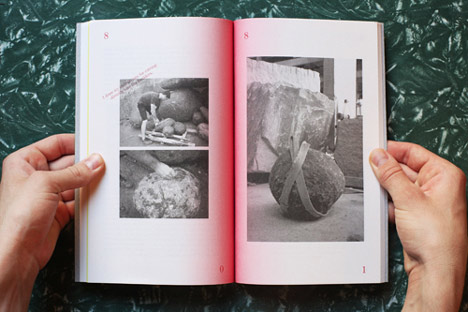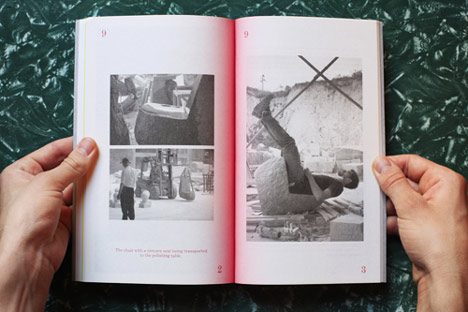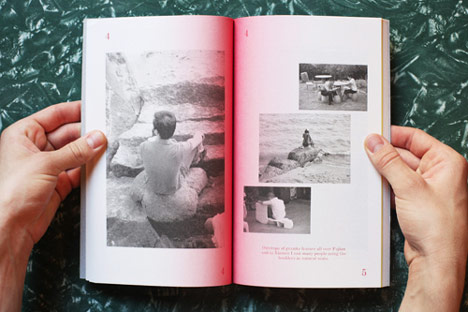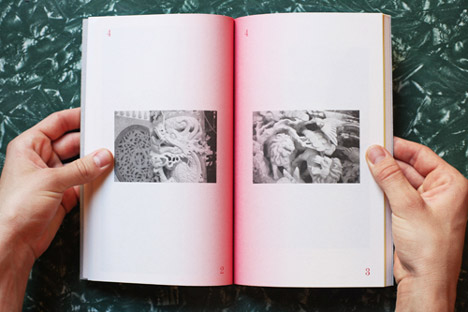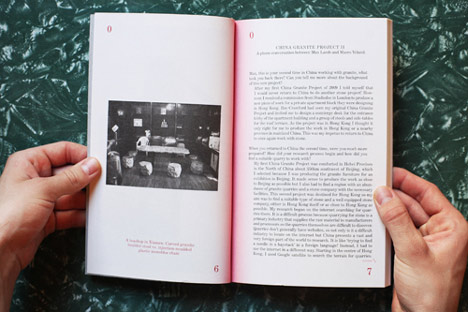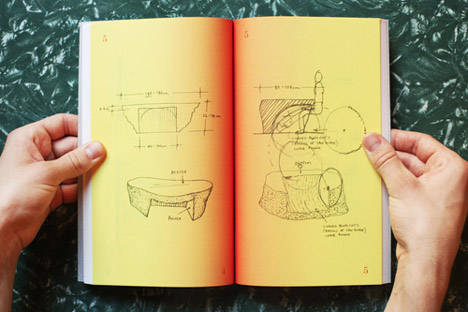Galerie BSL is exhibiting part of its outstanding collection of vintage Italian lights with a selection conceived around Gino Sarfatti.

Gino Sarfatti "n°1063"
"...For many specialists, Gino Sarfatti, creator of hundreds of models, is 20th century's greatest lighting designer. "I have never been interested in form,"* he confesses, defining himself as an artisan. Everything starts with the bulb for this great chrome stand enthusiast who invented a lamp kit to change as you wish into nine different types of lighting, wall light, reflector, etc.

Gino Sarfatti "Moon"
Gino Sarfatti occupies a core place in this exhibition. The most spectacular piece and the most important: the large n°2068 ceiling light designed in 1952. With its thirty lights, it conjures up a modern castle, a church candelabra or the crown of candles worn by young girls in the procession during the Festival of Light in Nordic countries. Everything is sober, meticulous, but also ethereal with Sarfatti, who chooses to leave the wire apparent "because you have to be able to look at the reason for the lamp."* Amongst others is the extremely rare wall light n°194 (1950) in brass and lacquered metal, the audacious lamp n°1063 which totally changed the idea of domestic lighting (Compasso d'Oro in 1954, prestigious Italian design award), the table lamp n°604 called Moon (1969), with a scattering of micro-bulbs like lunar craters.

Ettore Sottsass "Asteroid"
For at the era of the conquest of space, tomorrow's light comes from outer space, following the example of the Asteroide (1968) table lamp, a very 'pop' creation by Ettore Sottsass, leader of the Memphis neo- baroque movement. Made of perspex, it reflects peninsula designers' taste for new materials adaptable to the craziest shapes. The Golden Gate by Nanda Vigo features amongst the exhibition's centrepieces, extensive refined architecture spanning two metres which won its designer, influenced by the silhouette of the eponymous bridge, the New York Prize for Industrial Design in 1971, or Rimorchiatore by Gae Aulenti (1969), an example of which appears in the Centre Pompidou collection. Also featuring are creations by the Italians Angelo Lelli - the Calder of lighting -, Studio A.R.D.I.T.I., Matteo Thun and Joe Colombo (honoured by a retrospective at the Musée des Arts Décoratifs in Paris in 2007).

Gae Aulenti "Rimorchiadore"
Without forgetting, for comparison, works by Français Michel Buffet in the vein of Serge Mouille and the German master Ingo Maurer. Finally to complete this vintage selection the Escargot (snail) lamp, created by Le Corbusier in 1954 for the Cité Radieuse in Marseille, produced for the first time in 2011 by Cassina with a limited edition of 150 numbered pieces. Text: Alexandre Crochet, journalist, art historian.

Michel Buffet floor lamp
Exhibition: 'Italian Lights'
From May 20 to July 23 2011
Galerie BSL
8 cité Véron
75018 Paris - France
